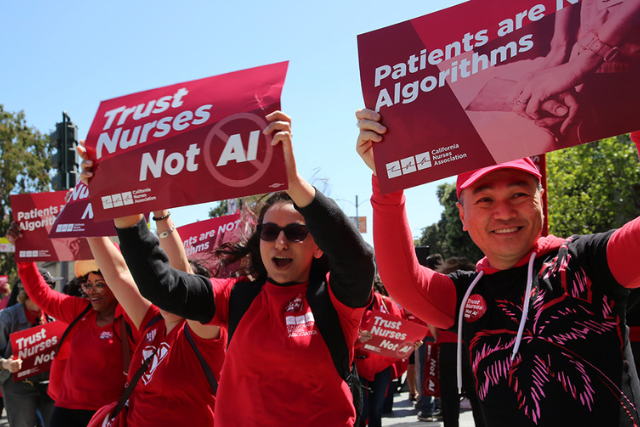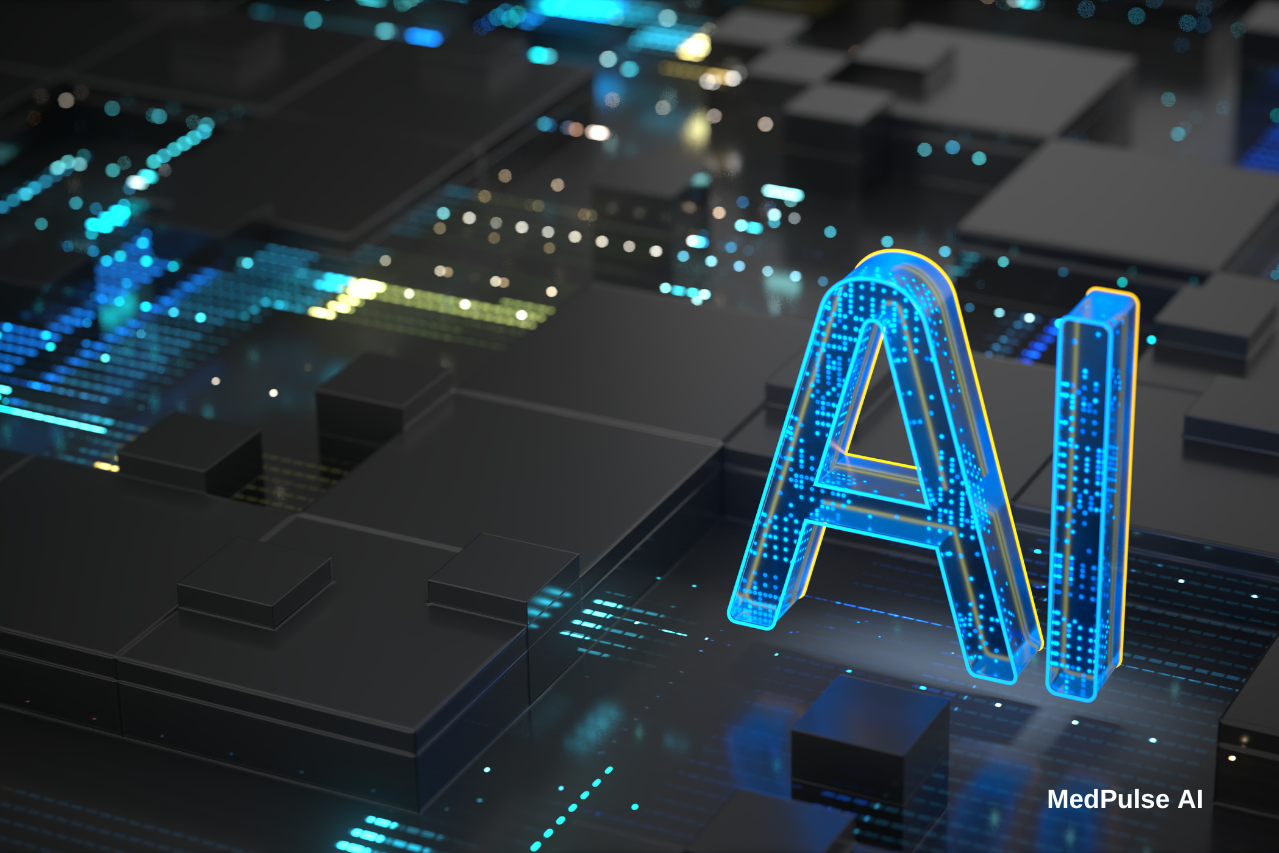As the digital era reshapes every facet of our lives, a crucial question stands at the crossroads of technology and equality: Who is shaping the future—and who’s being left out?
This year, in a bold statement ahead of International Women’s Day, the Council of Europe issued a powerful reminder: “The AI and digital revolution must also be a revolution for gender equality.” It’s not just about getting more women into tech. It’s about ensuring women’s voices, values, and visions are part of the blueprint of our digital future.
The Gender Gap in AI: Where Are the Women?
Despite the transformative potential of AI, women remain starkly underrepresented in the field. The World Economic Forum’s 2022 Global Gender Gap Report revealed that women make up only 22% of AI professionals globally. That number shrinks even further in leadership roles and top academic posts. In Europe, only 20% of full professors in Science and Engineering are women, according to the EU’s She Figures 2022 report.
This isn’t just a pipeline issue—it’s a systemic one.
From biased hiring algorithms to health tools trained mostly on male datasets, a lack of gender diversity in AI doesn’t just marginalize women professionally—it can actively harm them.
A Legally Binding Response: Europe Leads with Policy
To counteract this imbalance, the Council of Europe is taking legislative action. At the heart of its response is the Framework Convention on Artificial Intelligence, the world’s first legally binding international treaty on AI. What sets it apart? It explicitly centers gender equality and human rights in its design.
This groundbreaking convention mandates that AI technologies uphold democratic values, ensuring that technological progress doesn’t deepen existing inequalities but rather works to reverse them.
Momentum from the Private Sector and Philanthropy
Outside of policy circles, high-profile leaders are also stepping in. Melinda French Gates recently committed $45 million to organizations advancing gender diversity in AI and tech. Her investment signals a growing recognition that equitable AI is not just a social good—it’s a necessity for innovation.
Initiatives like the Women & AI Daring Circle—led by BNP Paribas and L’Oréal under the Women’s Forum for the Economy & Society—are also taking a practical, industry-based approach. These multi-sector partnerships aim to apply a gender lens to AI development, challenging the norms that often leave women behind in technological spaces.
Why Representation Matters in AI
AI systems are only as inclusive as the people who build them. Diverse teams are better at anticipating blind spots, reducing bias, and designing systems that serve a broader population. For instance:
- AI voice assistants trained by male-dominated teams have historically defaulted to female voices and subservient personas.
- Facial recognition software has shown far higher error rates for women of color compared to white men—demonstrating how non-diverse training data can result in discriminatory outcomes.
The inclusion of women, particularly those from marginalized communities, isn’t just ethical—it’s a strategic imperativefor safer, smarter AI.
As we embrace the promise of AI in healthcare, education, governance, and beyond, equity must be embedded—not as an afterthought, but as a feature from day one. The digital future is not inevitable; it’s intentional.
We need classrooms that inspire girls to code, workplaces that champion inclusive innovation, and policies that protect everyone’s rights in a tech-driven world.
Because when women are equal partners in designing AI, the outcomes benefit us all.




